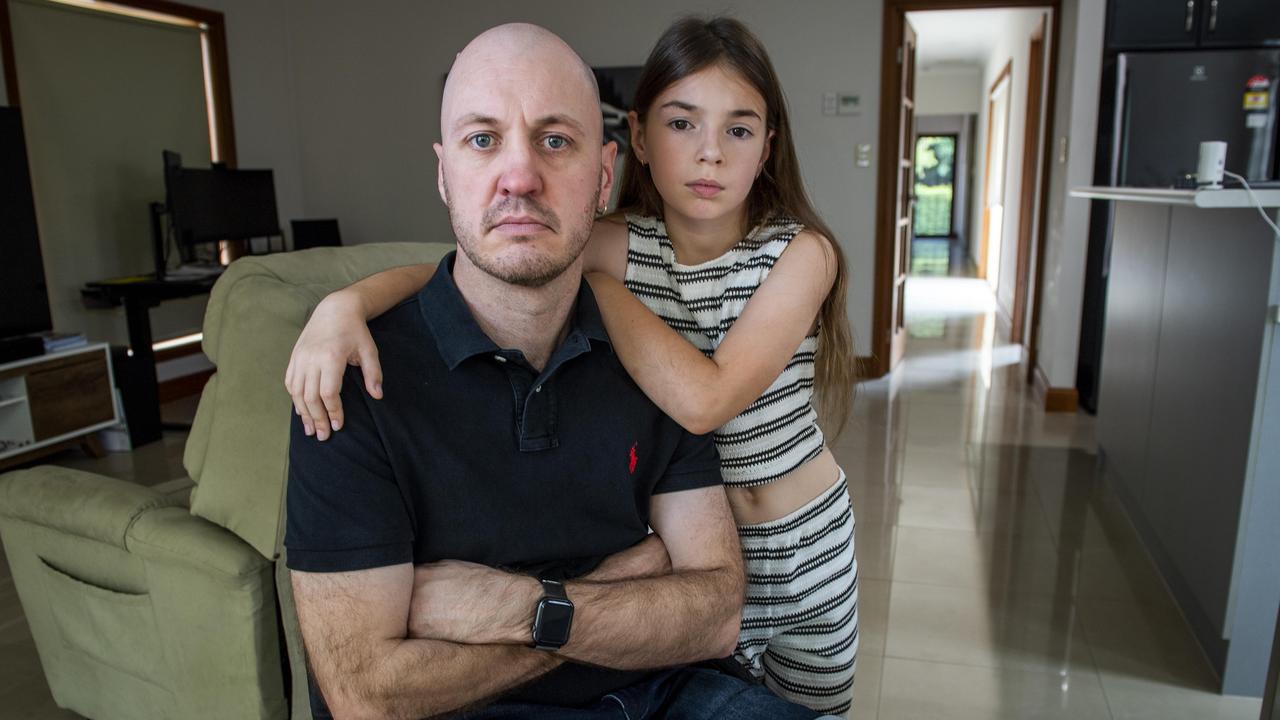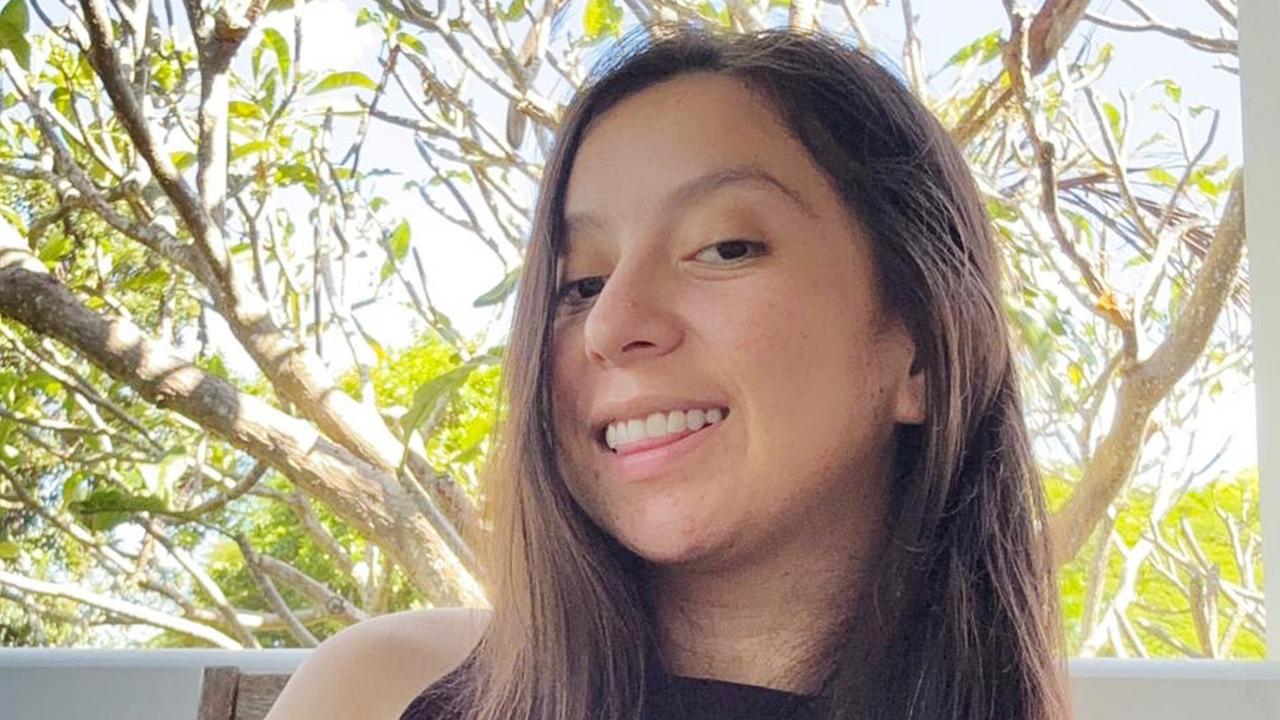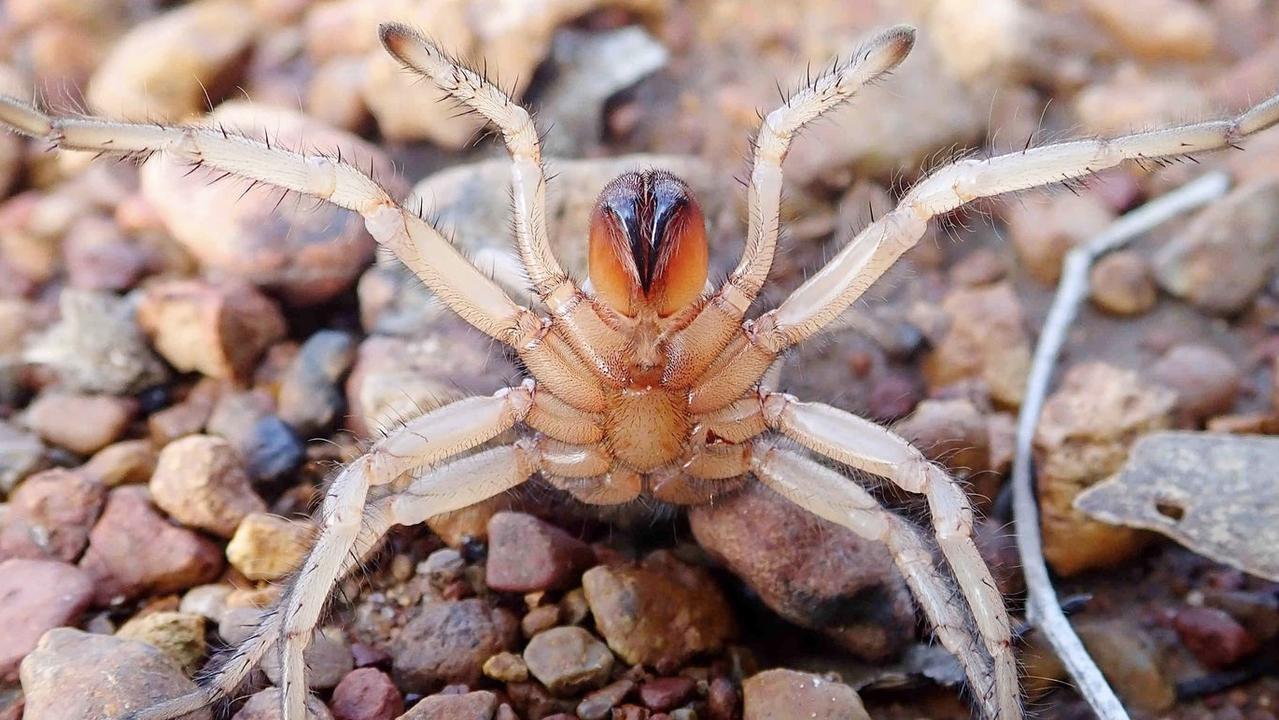One thing every Australian woman must do now
Sydney woman Kristi Parsons was in the prime of her life raising her young daughter when one symptom saw her life change forever.

Health
Don't miss out on the headlines from Health. Followed categories will be added to My News.
Statistically speaking, reading this story will save someone’s life in 2025.
Every year, more than 3000 Australians die from breast cancer.
It is the cancer most likely to kill an Australian woman.
And a confronting and sad part of these statistics is that early detection can significantly reduce these figures – but around half of Australian women are not accessing these services.
You can be part of the solution to immediately change these statistics.

Free mammograms have already saved thousands of lives since their inception in 1991, contributing to a more than 40 per cent reduction in the deaths of Australian women from breast cancer.
But roughly half the women eligible for free early detection do not even know they can access this service.
There are over 12 million women in Australia and the median age is 39.
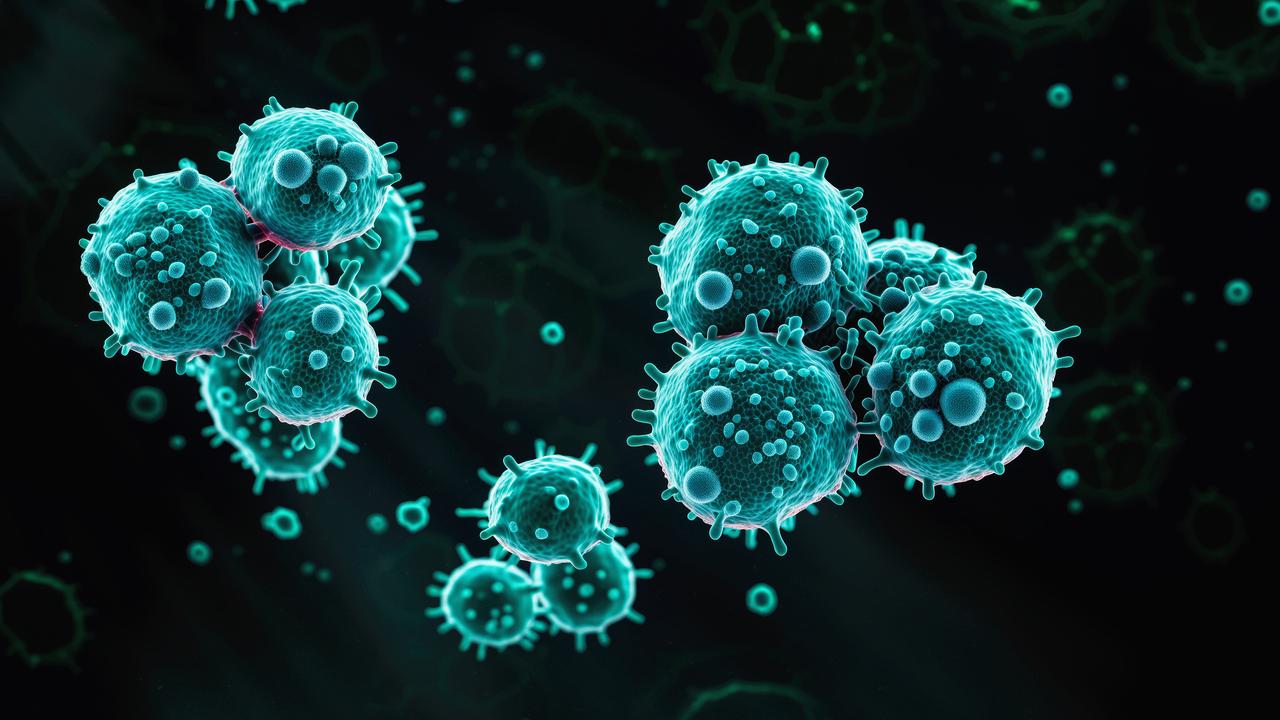
But only around 2 million of those women will be screened for breast cancer this year – roughly half of those eligible for free mammograms.
Kristi Parsons was eligible for a free mammogram in 2013 – an X-ray image used to detect breast cancer.
But she didn’t take up this offer.
In 2016, she gave birth to her miracle baby, Imogen, as a solo mum by choice.
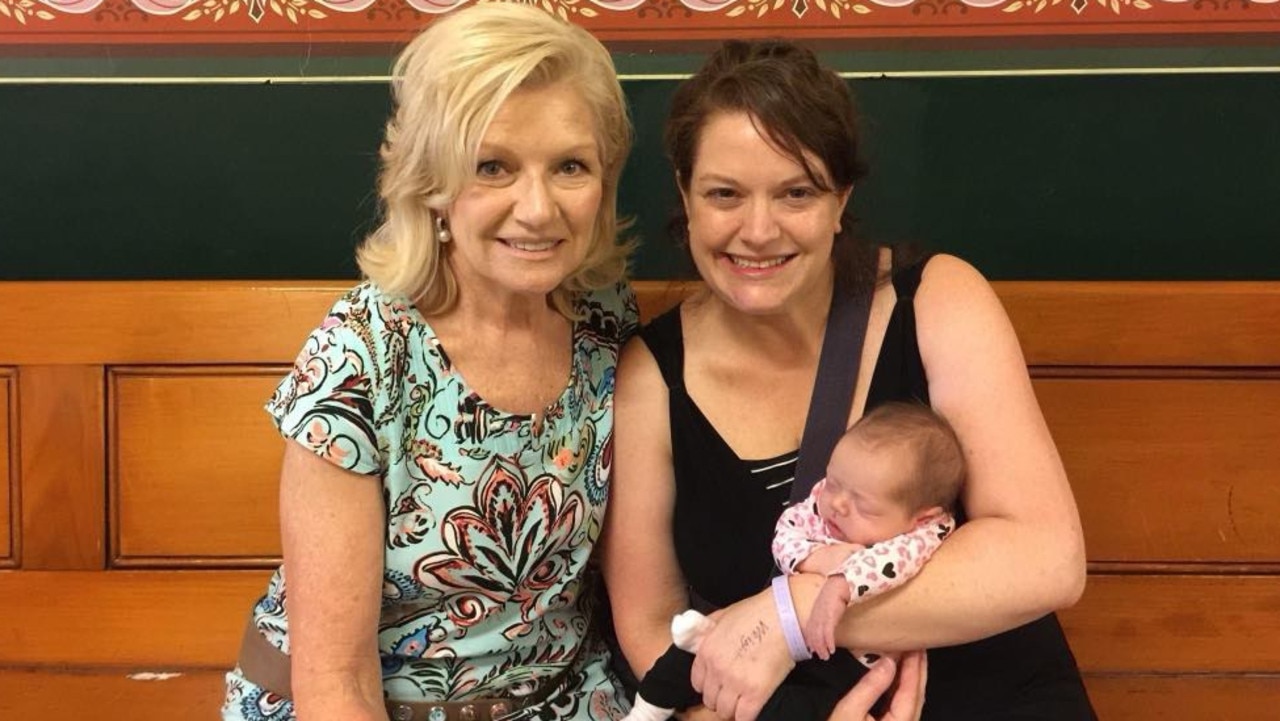
She continued to be eligible for a free mammogram over the next five years.
But like the majority of women in their 40s, Ms Parsons still did not have her breasts screened.
In fact, she didn’t even know this free opportunity existed for women under 50.
Did you?
Only women over the age of 50 are invited to participate in a mammogram, even though it is free for women from age 40.
Please, read that again.
Ms Parsons is now 51 and is currently undergoing treatment for four brain cancers – a direct correlation to the breast and bone cancer she battled using radiotherapy, chemotherapy, an oophorectomy and a double mastectomy – all before her 50th birthday.
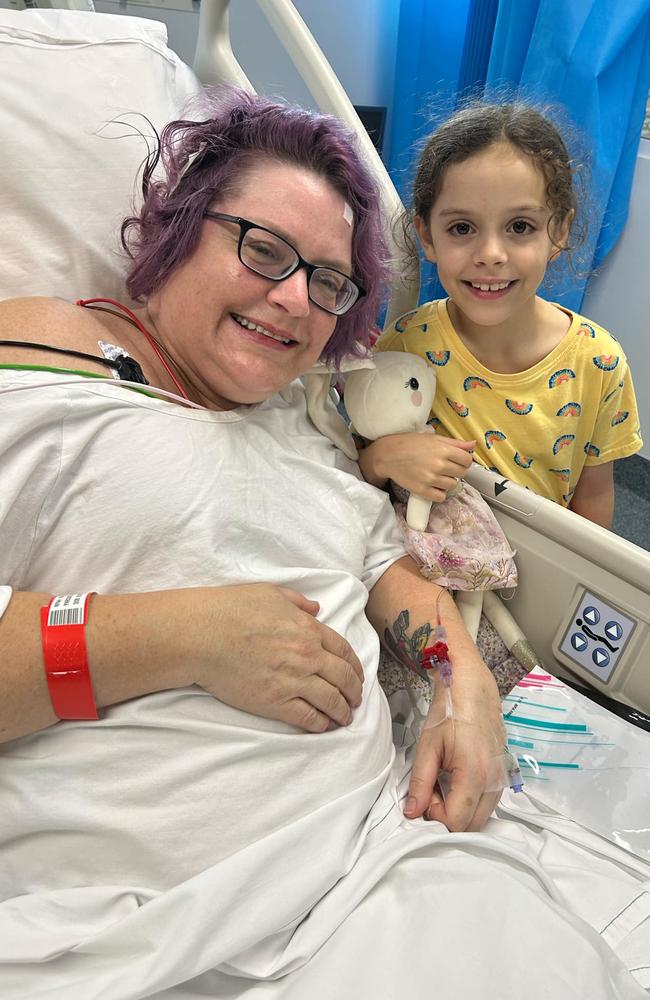
But let’s jump back again to 2022.
Ms Parsons, then 48, was living in Erskineville, Sydney with her five-year-old daughter Imogen when her nipple inverted.
She had breast cancer.
Breast cancer that could have been detected via a free mammogram for up to three years before her nipple inverted.
It could have been detected at Stage 1.
Or Stage 2.
But Ms Parsons was originally diagnosed with Stage 3 breast cancer due to a negative lymph node biopsy. However, her diligent oncologist recommended she have a precautionary PET scan (a full bodycheck).
This resulted in the worst possible news: she had three tumours in her breasts, one in a lymph node and four in her bones. This meant that she actually had Stage 4, “life limiting” cancer.
Again, she was just 48. And a free mammogram could have detected this cancer at Stage 1 or 2 – and been “treatable” – when she was 45.
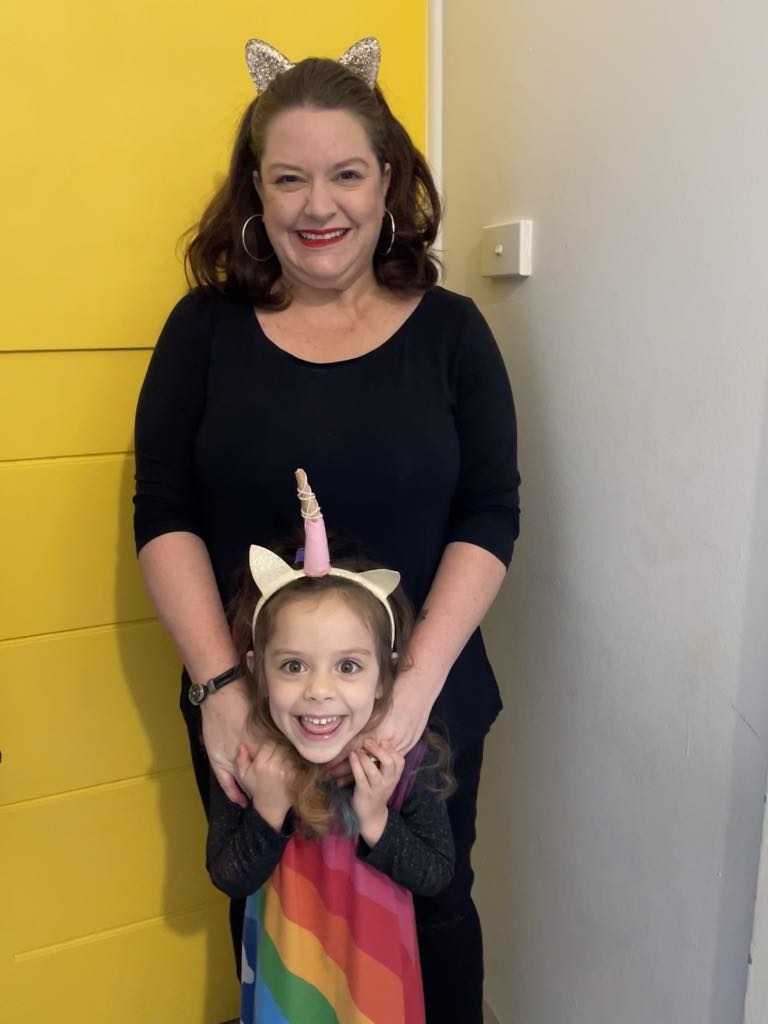
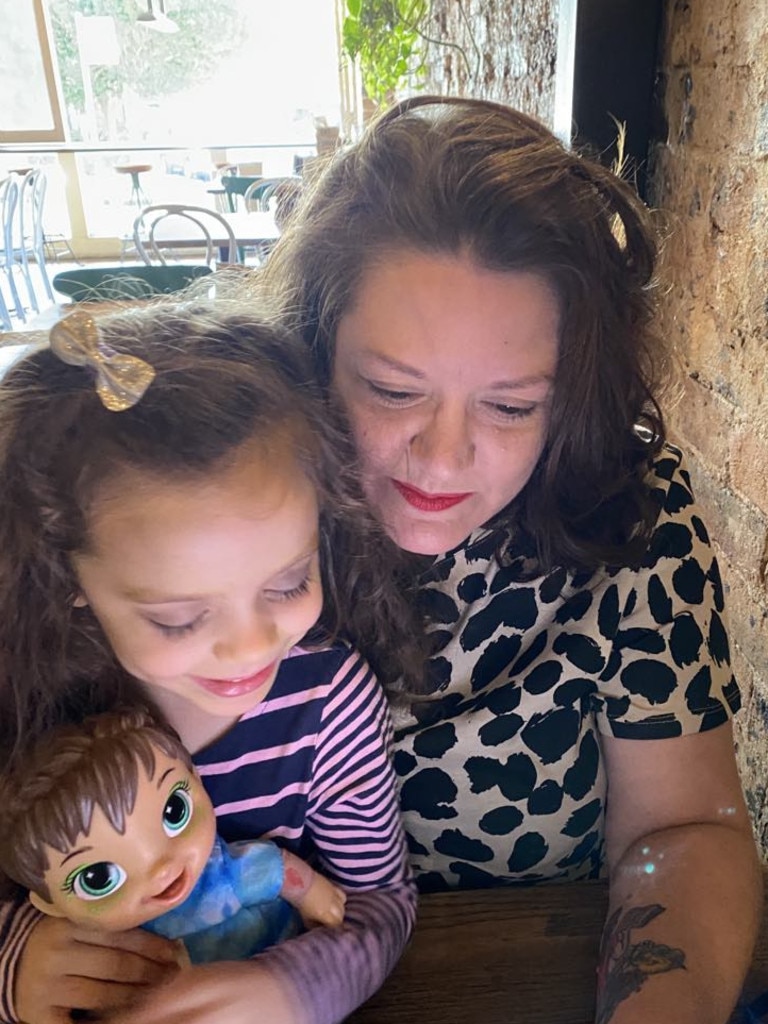
Let that sink in, please.
Let her face remind you that this is not a disease that affects “other women”.
It affects all women.
Because Ms Parsons is your friend, your Instagram follower, your sister, your daughter, your cousin, your aunt and your child’s friend’s mum.
We have all known, loved and lost someone just like her.
And Ms Parsons was 48 when her nipple inverted – two whole years before she would have been formally invited to have a free mammogram, and eight years after she first became eligible for this early detection service, a service which could have identified her cancer at Stage 1, three years earlier.
This year, the Breast Cancer Network Australia predicts that over 20,000 Australians will be diagnosed with breast cancer.
Thousands more will not be diagnosed for up to three years because they are currently not experiencing symptoms, despite having the disease.
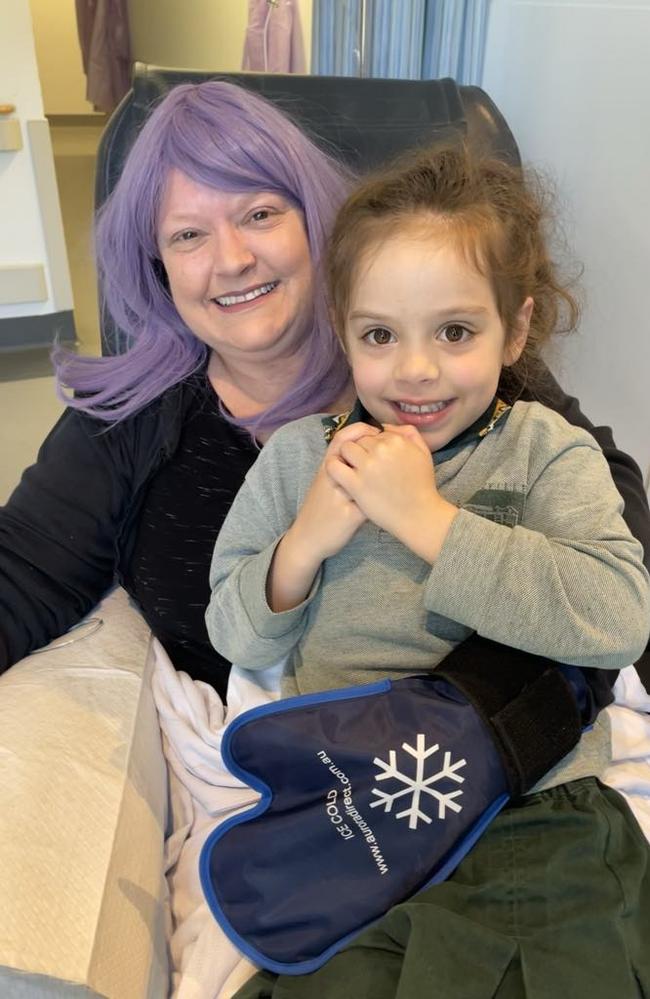
Every year that breast cancer grows inside a woman’s body, it becomes harder to treat. This is why early detection is vital. This is why the free mammogram system was developed.
You may be wondering: if breast cancer screening is free for all women from age 40, why are women not notified about this until they turn 50?
This 10-year gap is due to two reasons.
Firstly, because the highest incidences of breast cancer occur in women aged 50+.
Secondly, because breast tissue between age 40-50 is generally denser, reducing the quality of the mammogram.
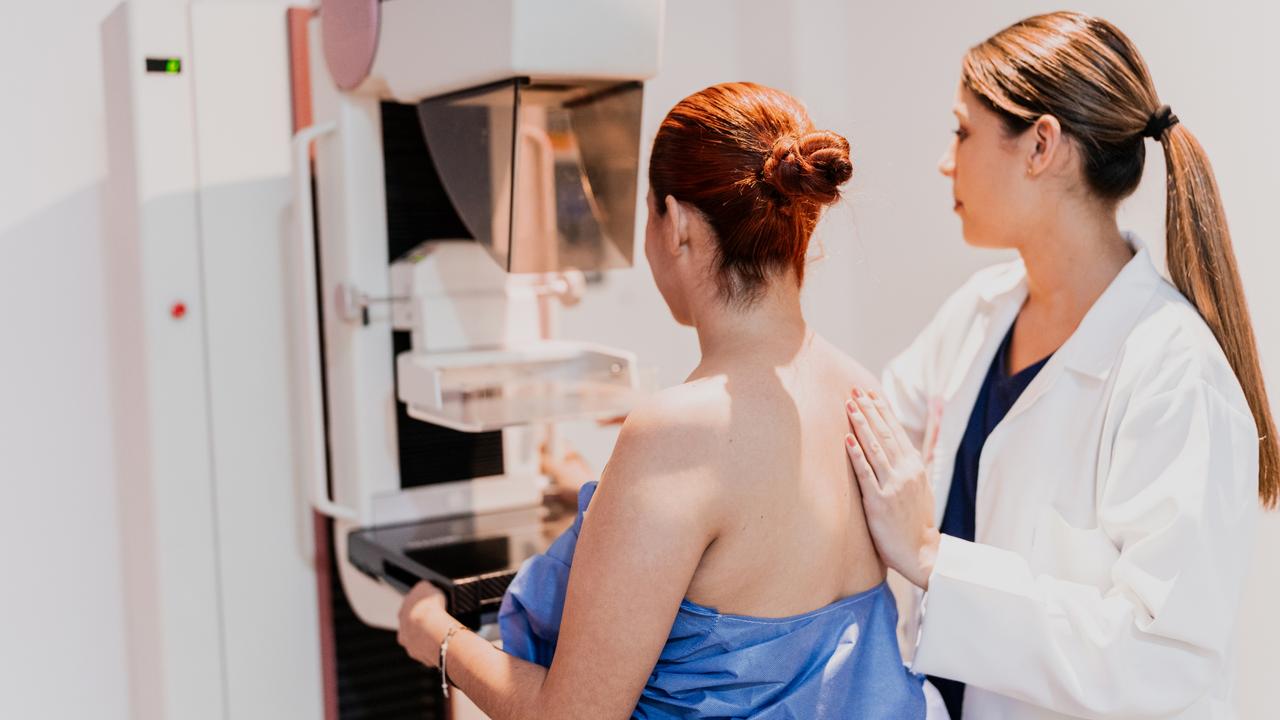
And while they could be diagnosed with an ultrasound, this is not currently available as part of the free screening system.
A free screening for women aged 40+ can be booked online via each state’s government-provided website. The entire physical screening takes about half an hour. And it could literally be the difference between late stage diagnosis and death, or early detection.
Today, Ms Parsons is 51. Her daughter is eight. And last week, she celebrated that a biopsy detected that her four brain tumours are subtype HER2+.
In her words, “It’s s**t because it’s cancer, but it’s lucky that it’s that subtype”.
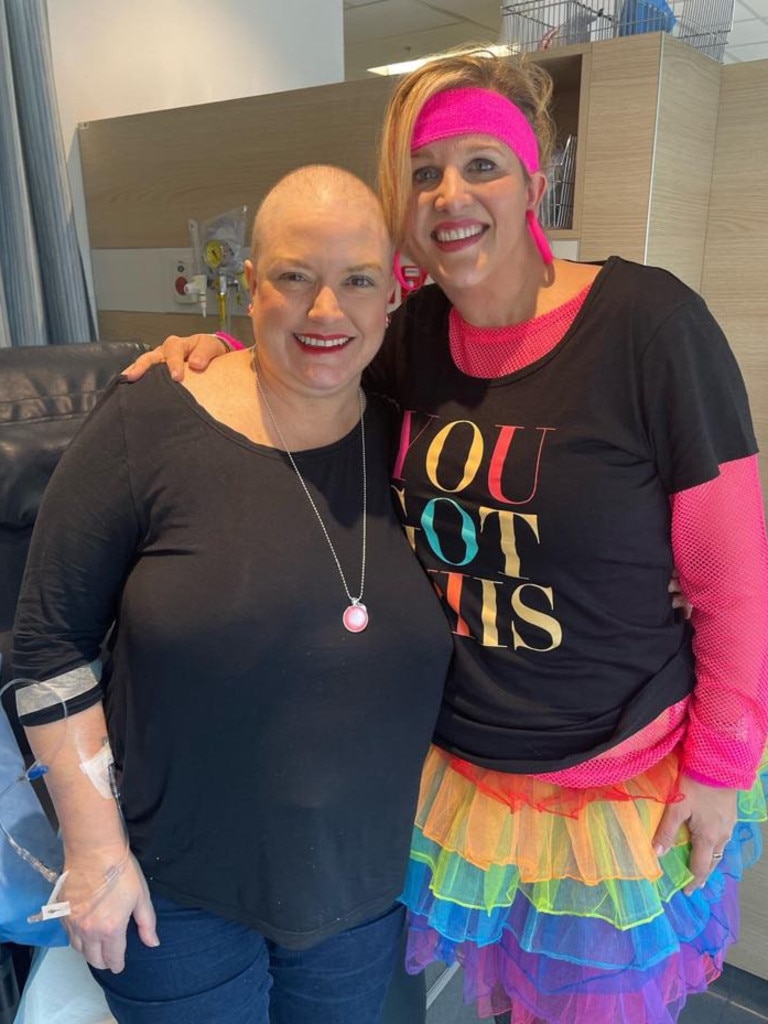
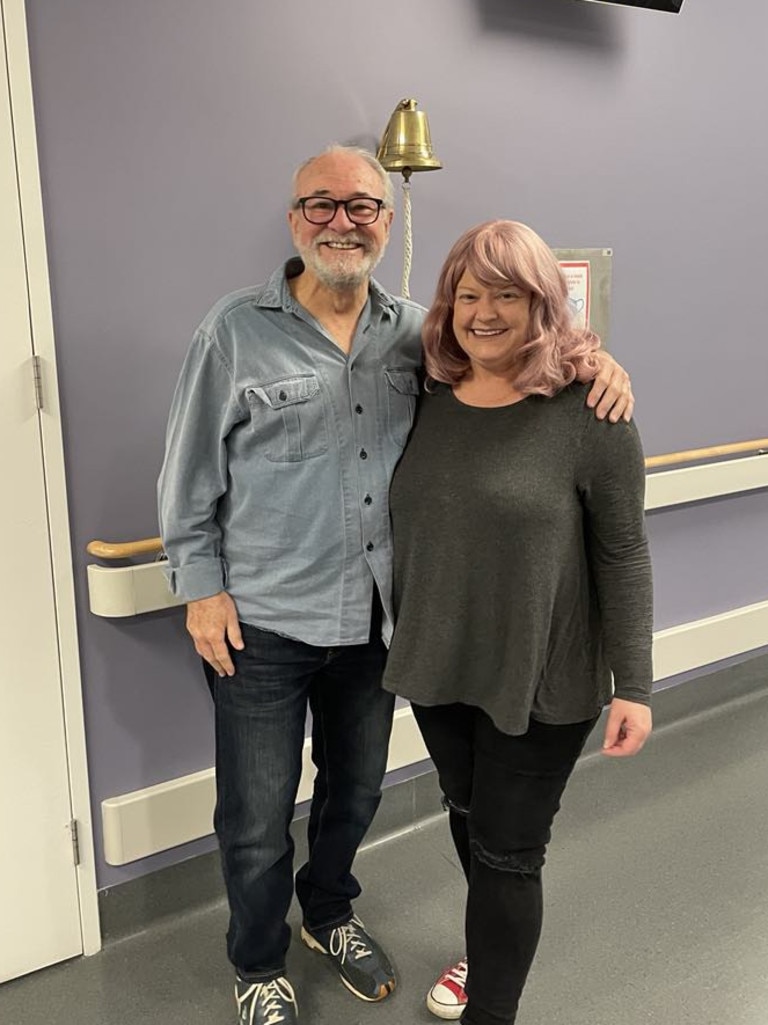
This reaction, which she shared candidly on her Instagram, is because the chemotherapy and radiation she received in 2022-23 was for HER2+ and treatment had been successful in eradicating her breast and bone tumours. With this in mind, it is hoped that her brain tumours will respond in the same way.
Ms Parsons will soon undergo chemotherapy again.
She will lose the energy to walk her daughter to school.
She will lose her energy to cook, clean and think clearly.
She will need ongoing support – financial, physical and psychological, both during treatment and beyond, and her statistical life expectancy – the time she will spend with her daughter, will again significantly reduce.
Once again, she will have to ask her village – near and far – to support her to pay her bills, pay for her medication and pay for her daughter to not miss out on her childhood and quality time with her mother.
If you don’t want to be celebrating the type of cancer in your brain when you’re 51, please book your free mammogram today.
Originally published as One thing every Australian woman must do now



